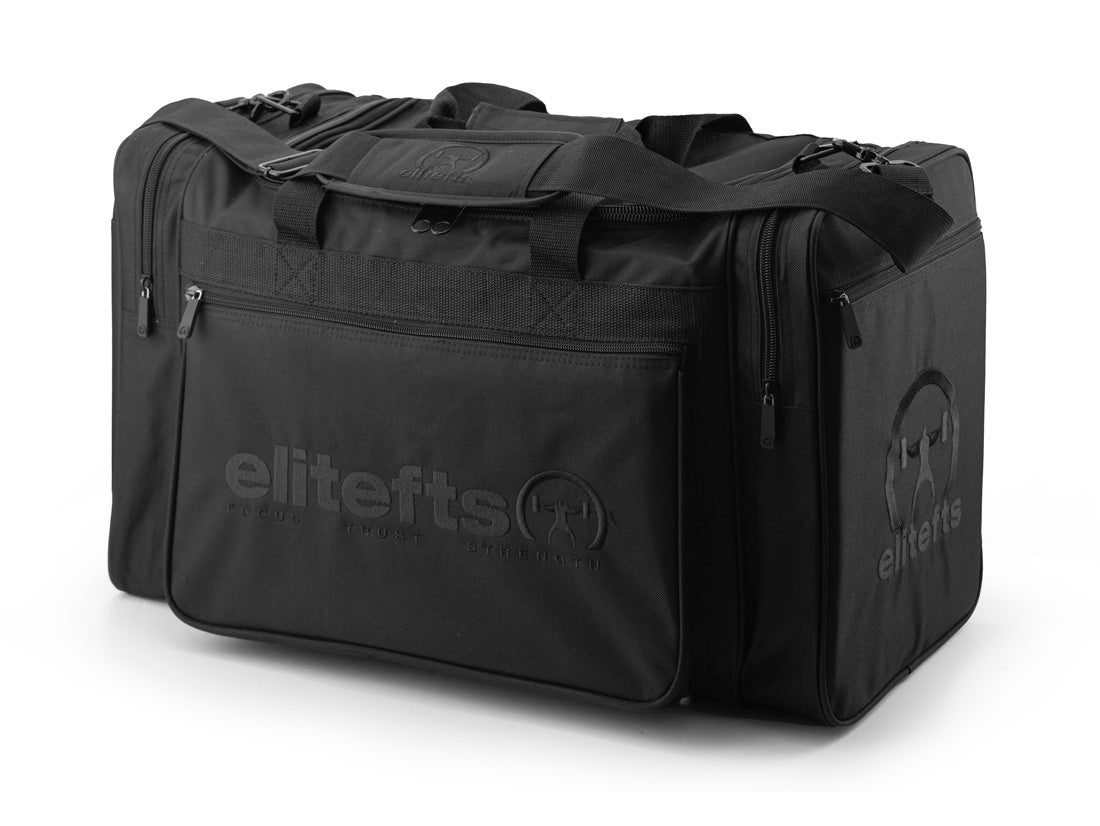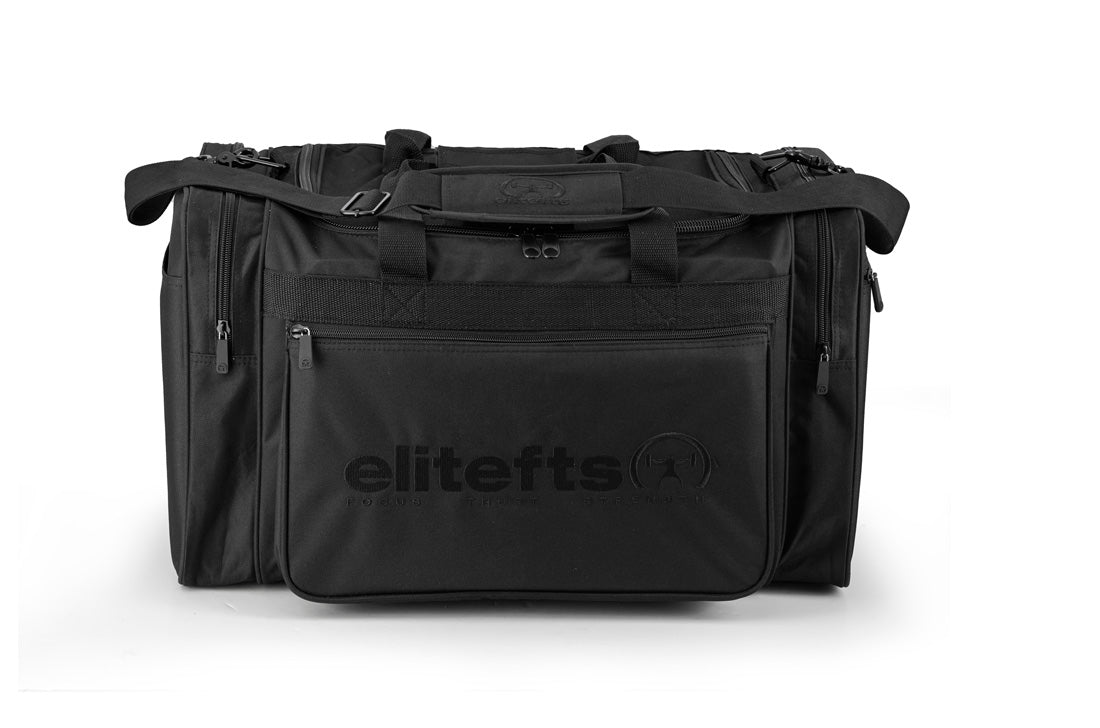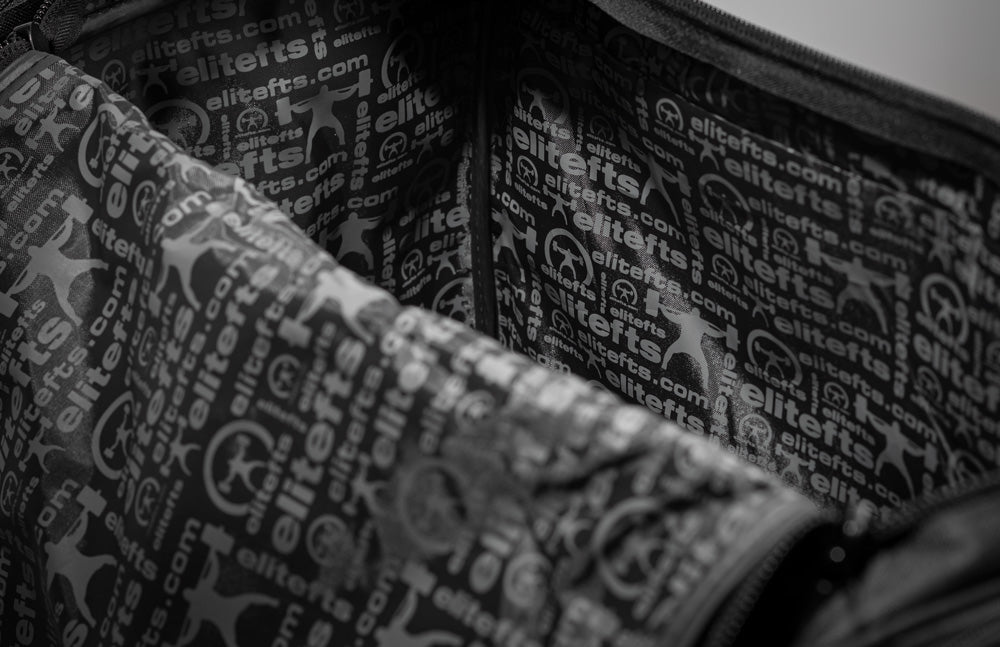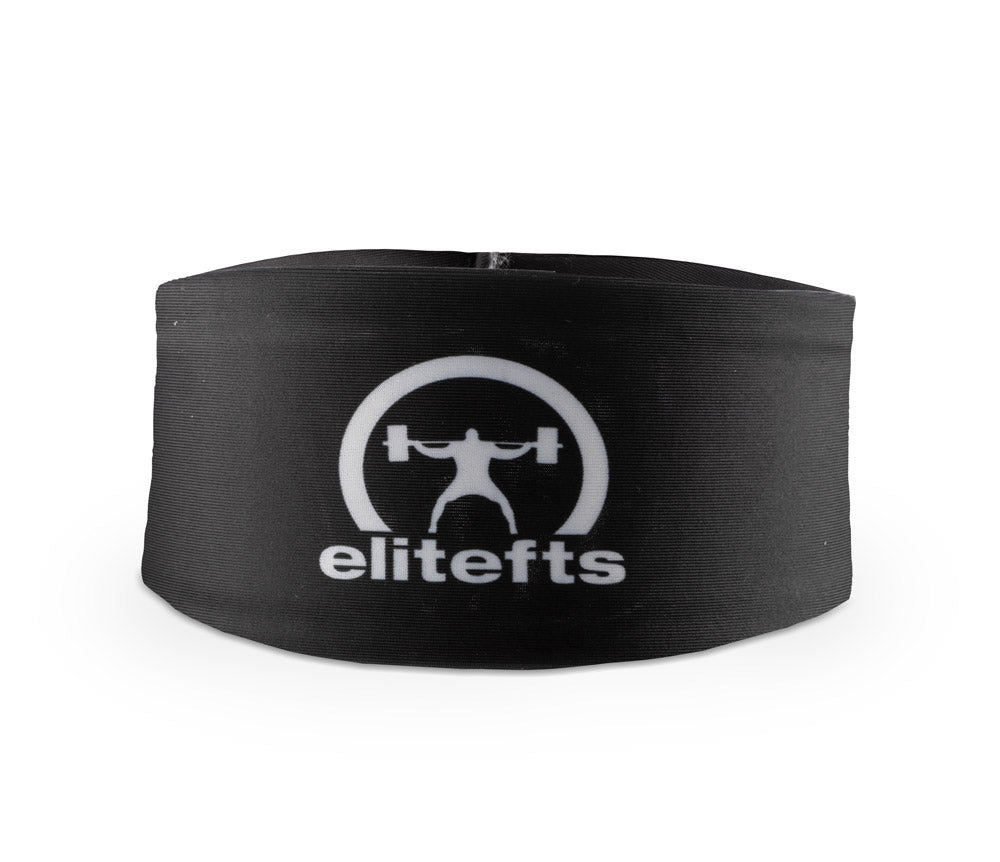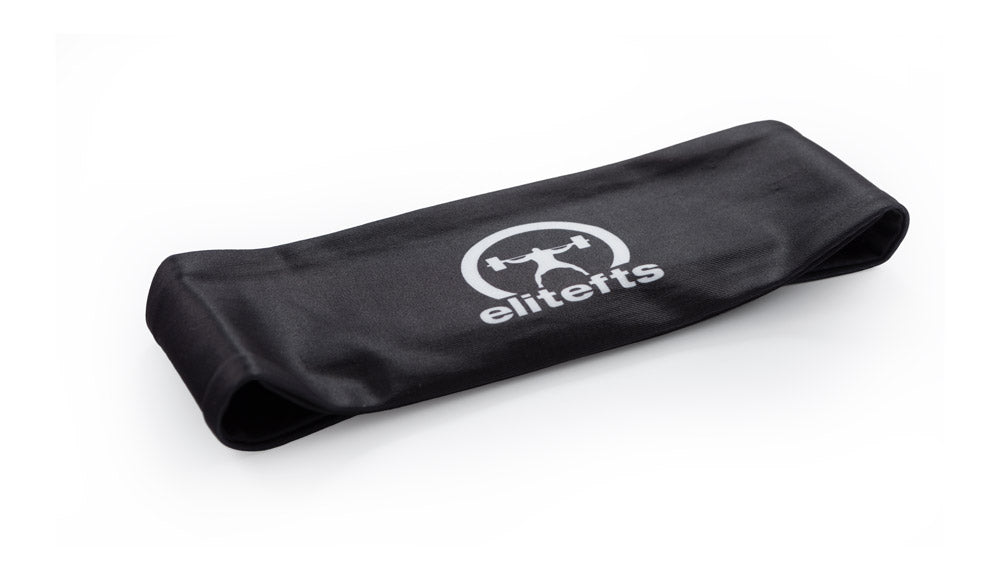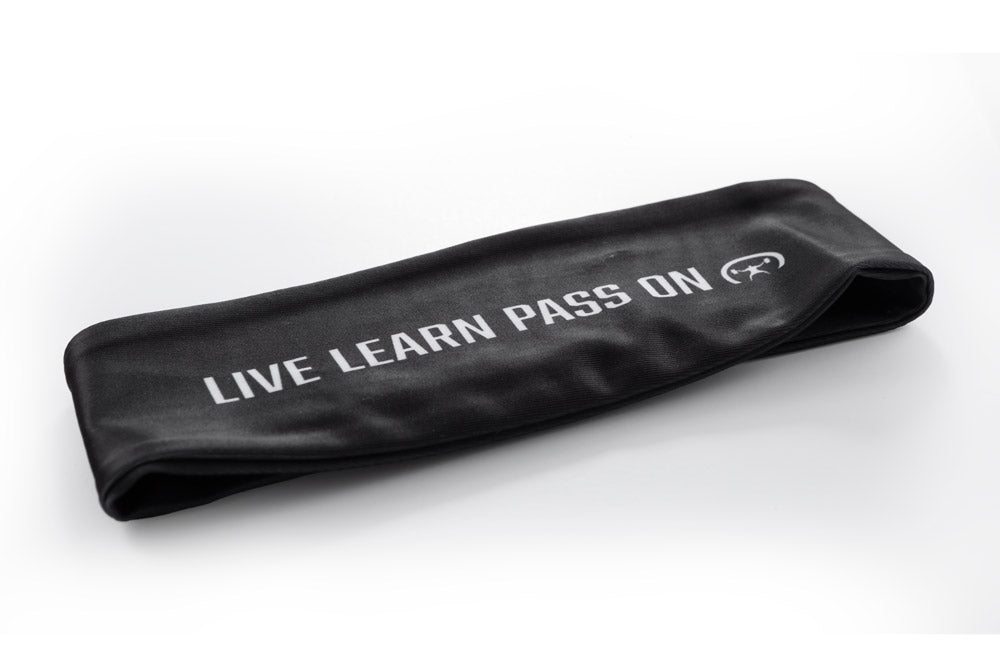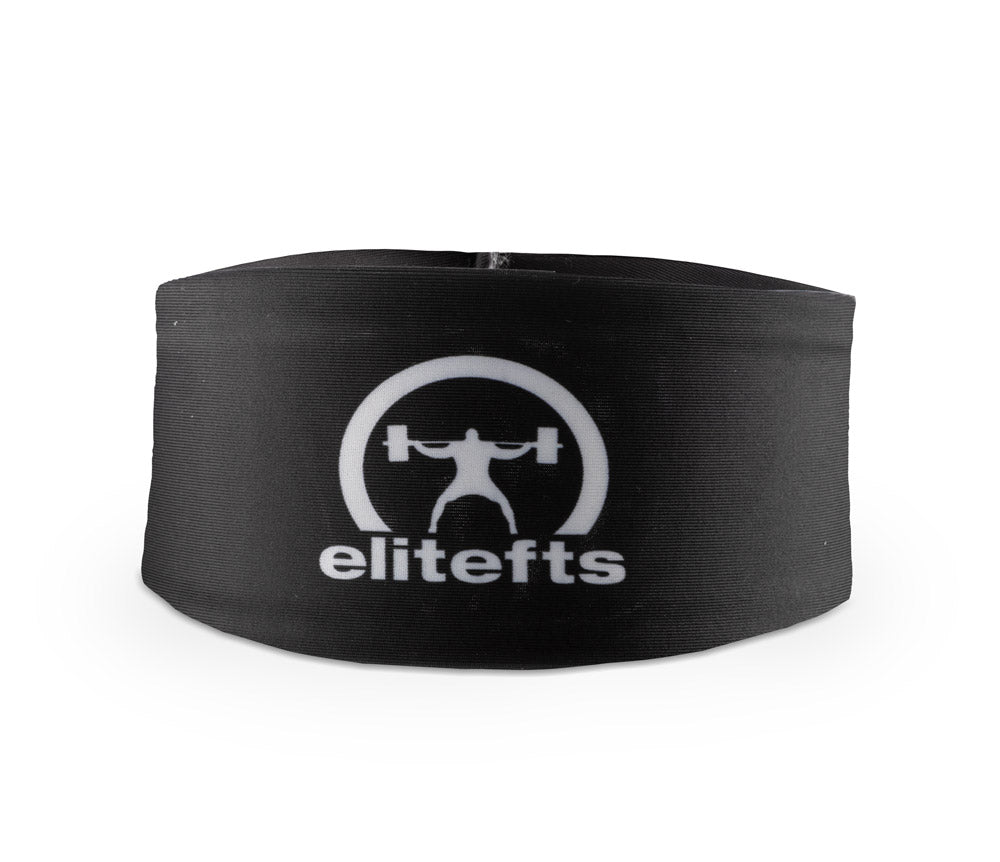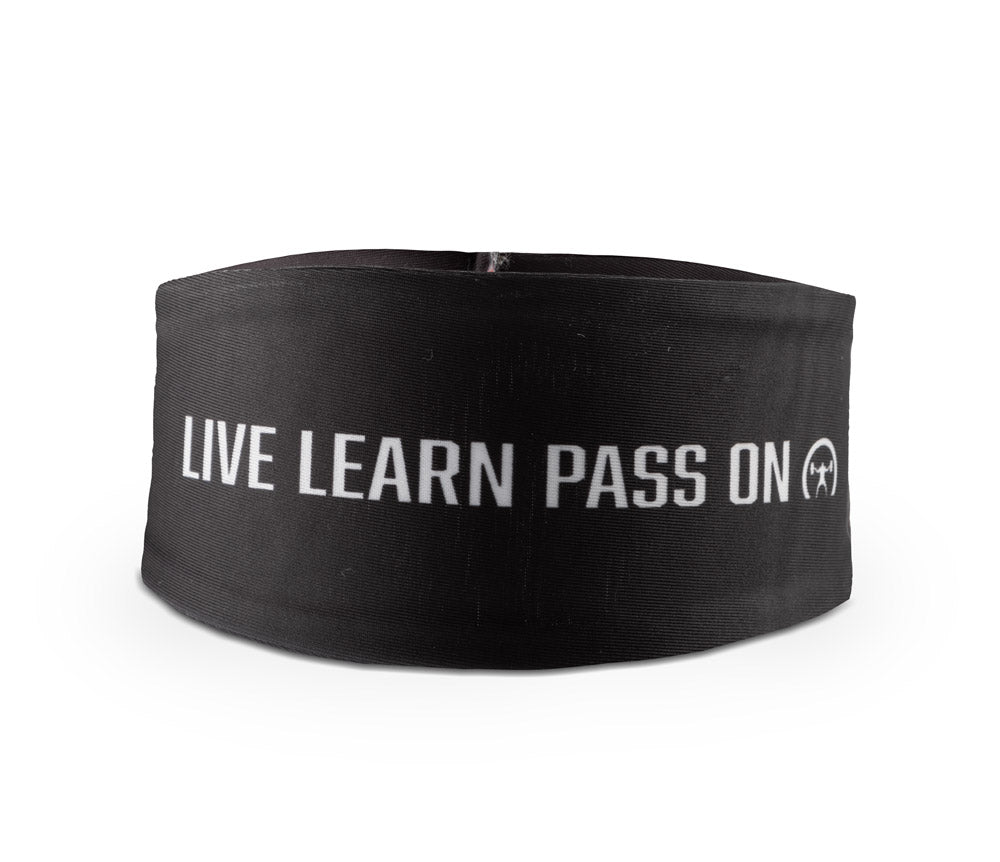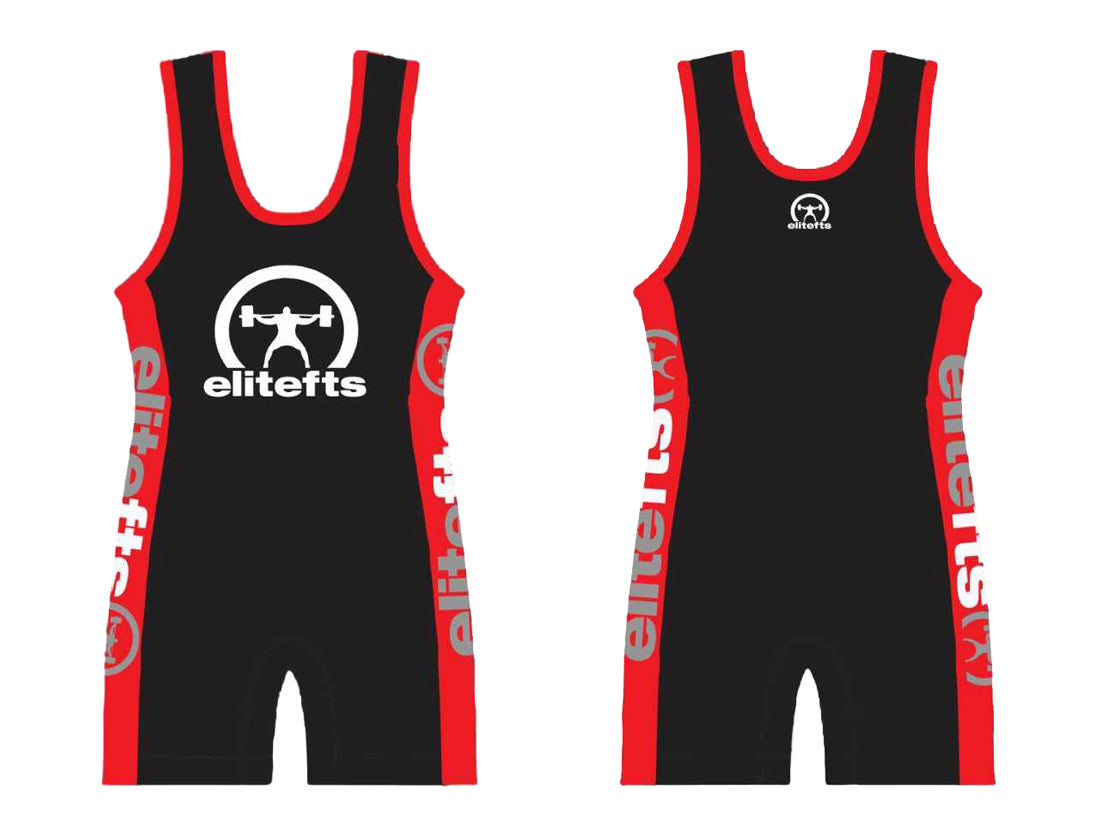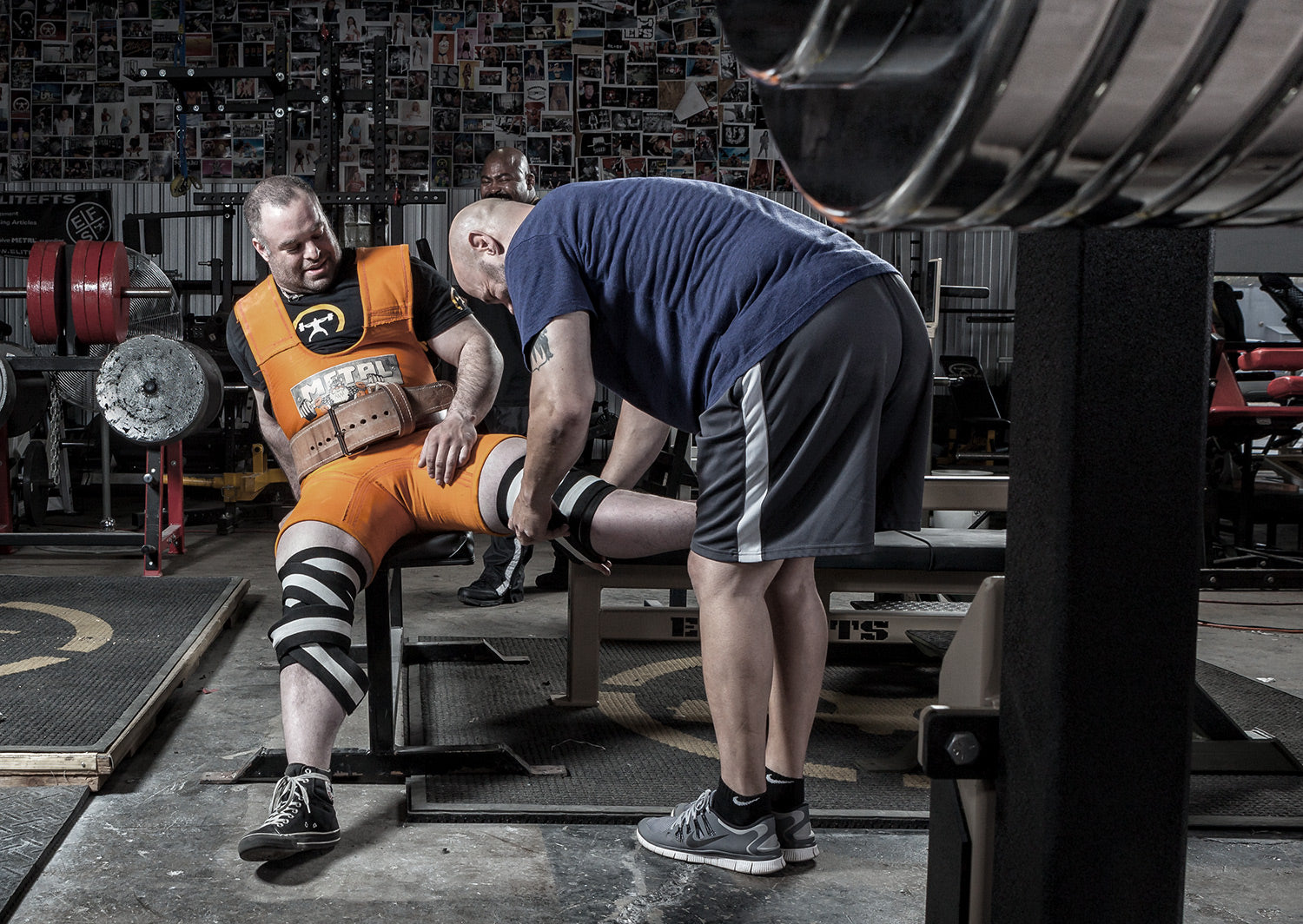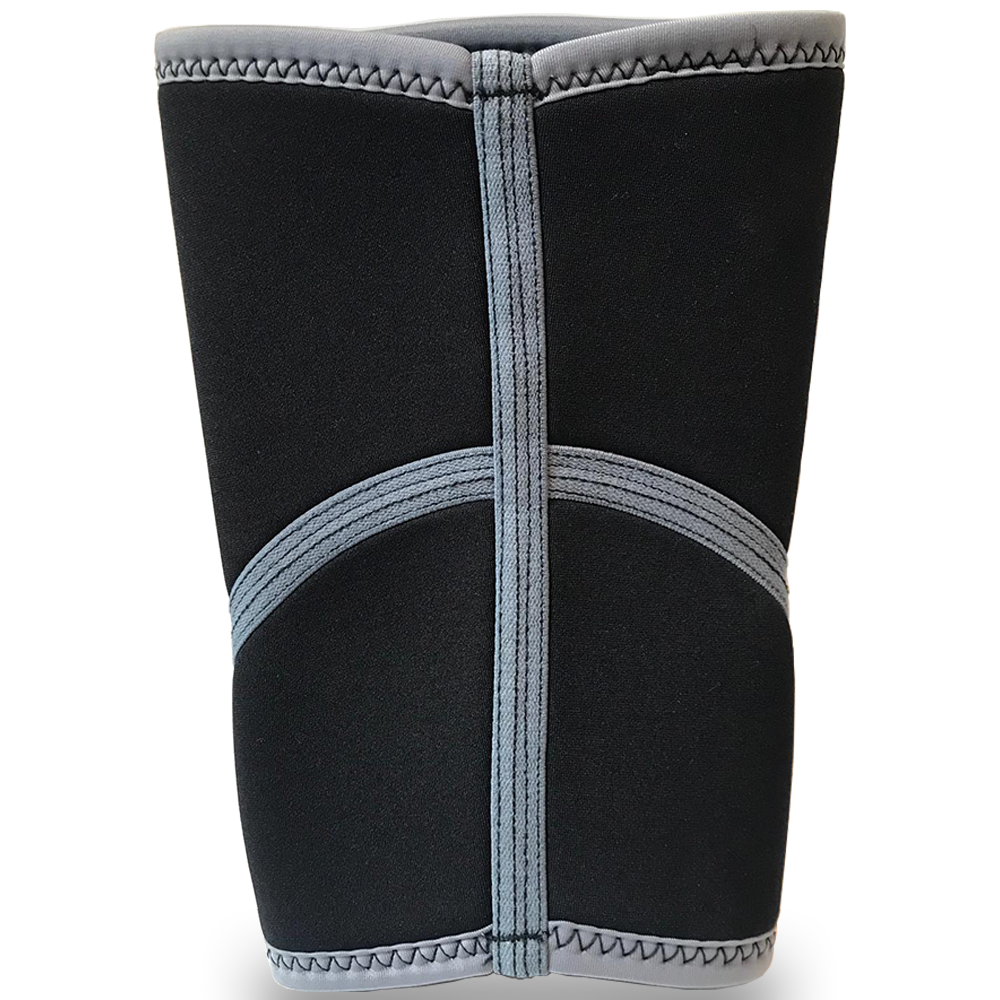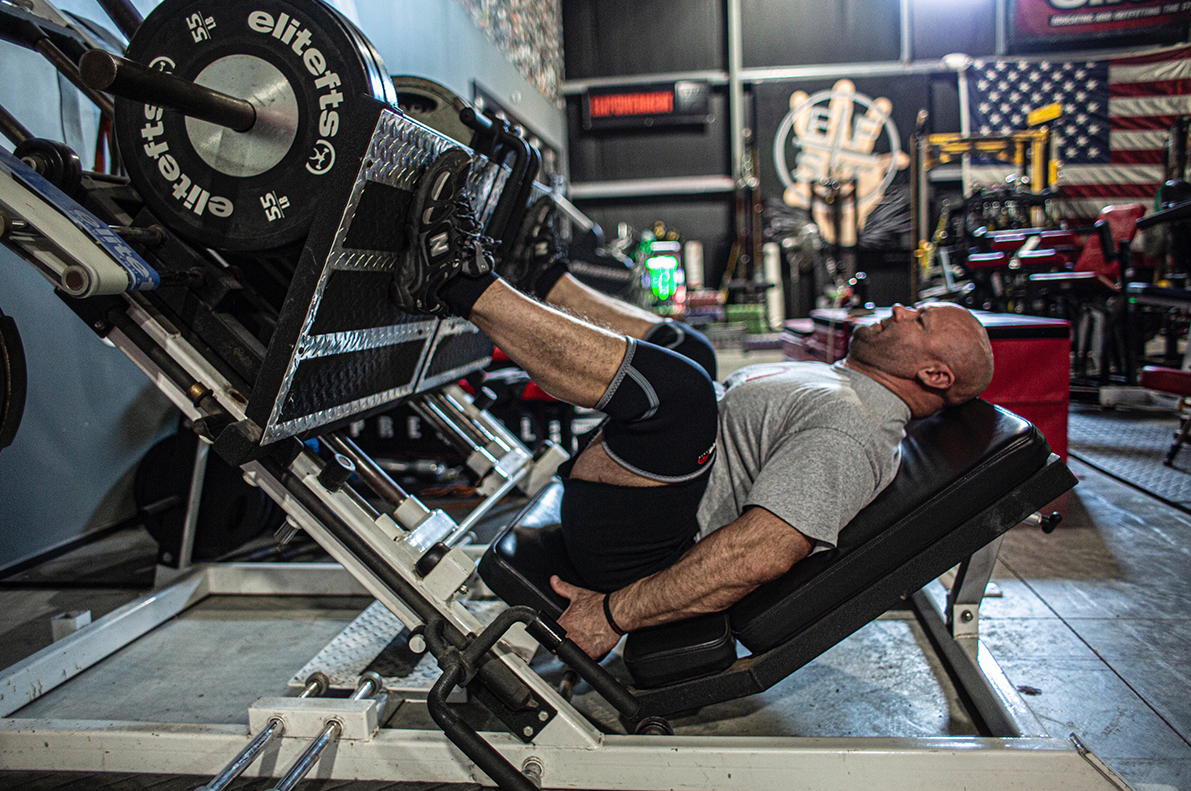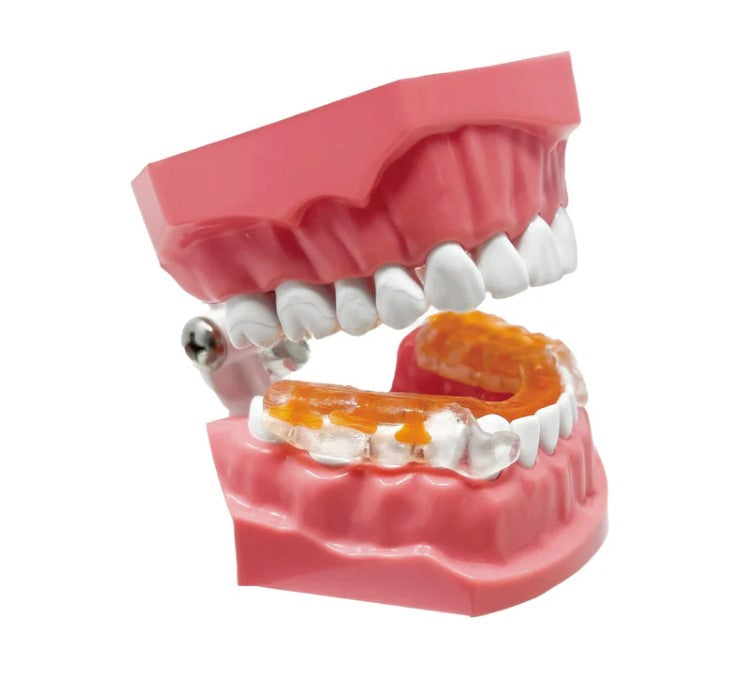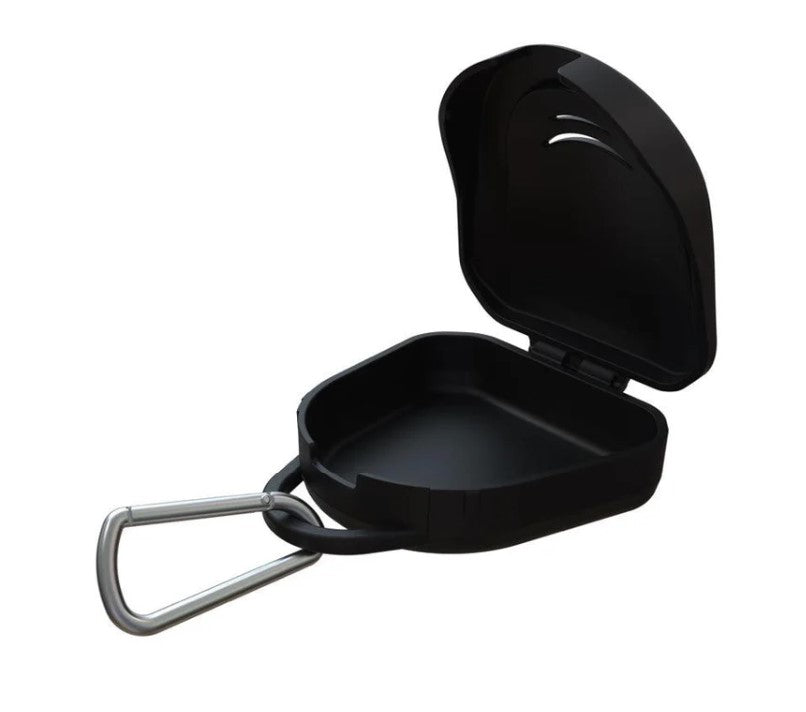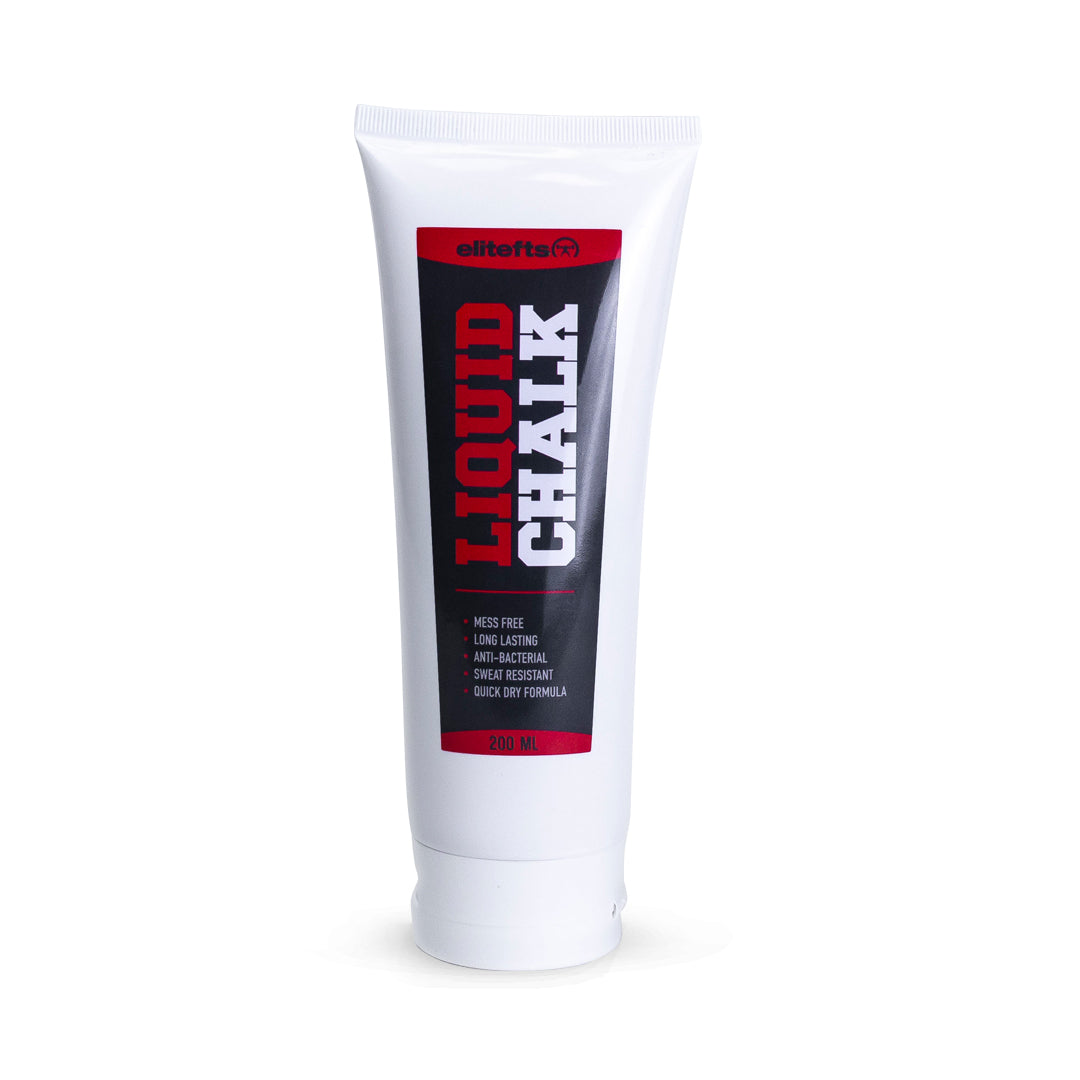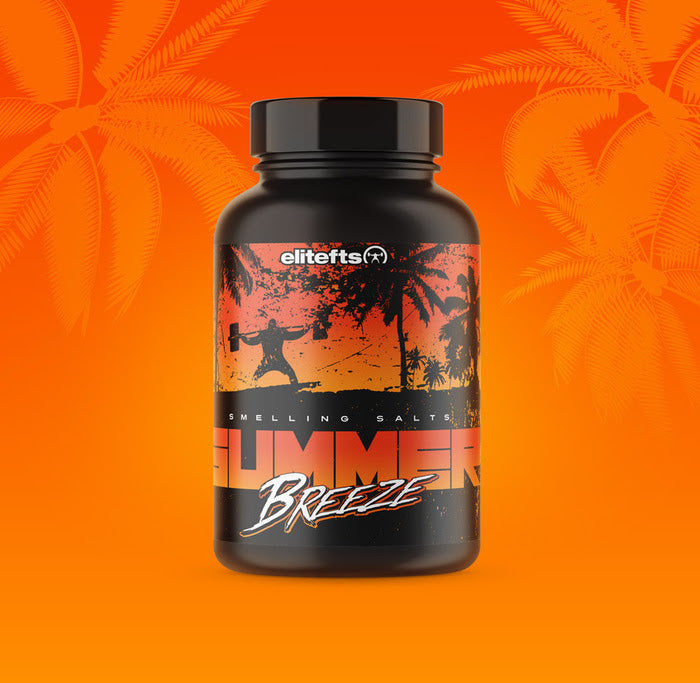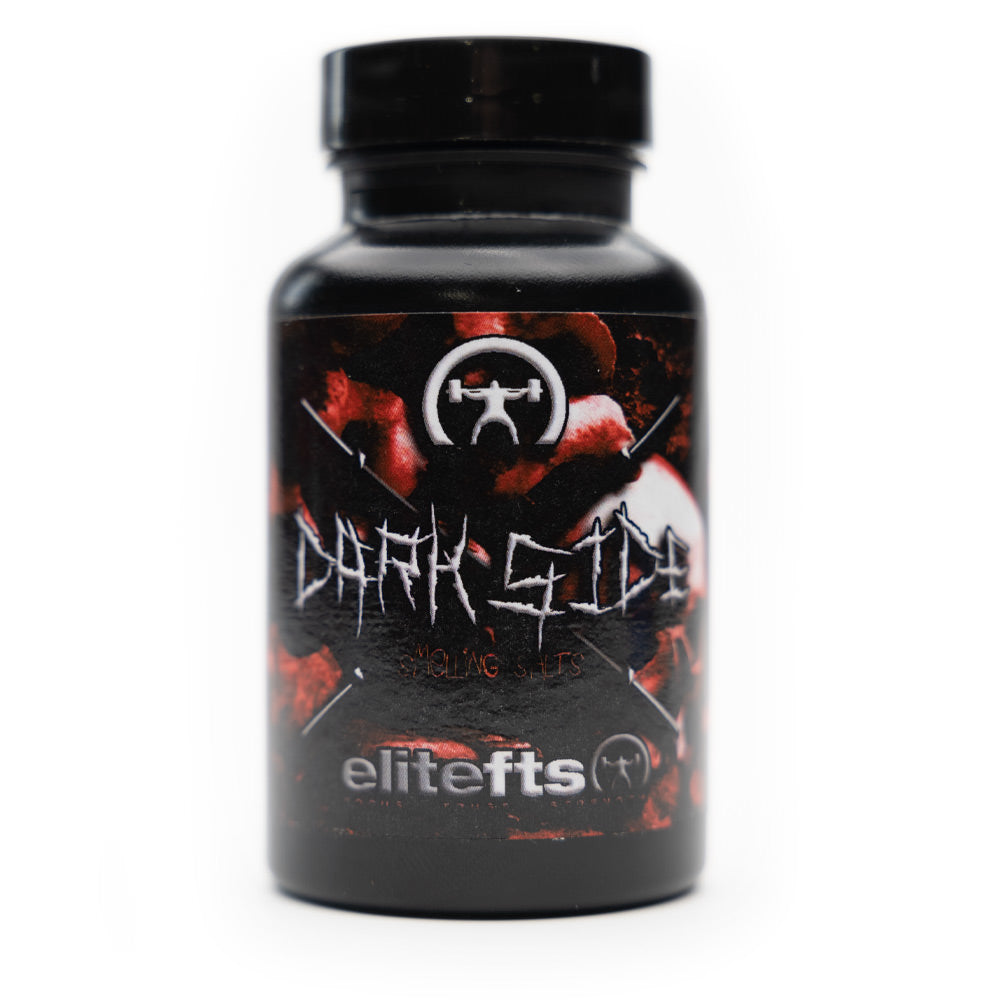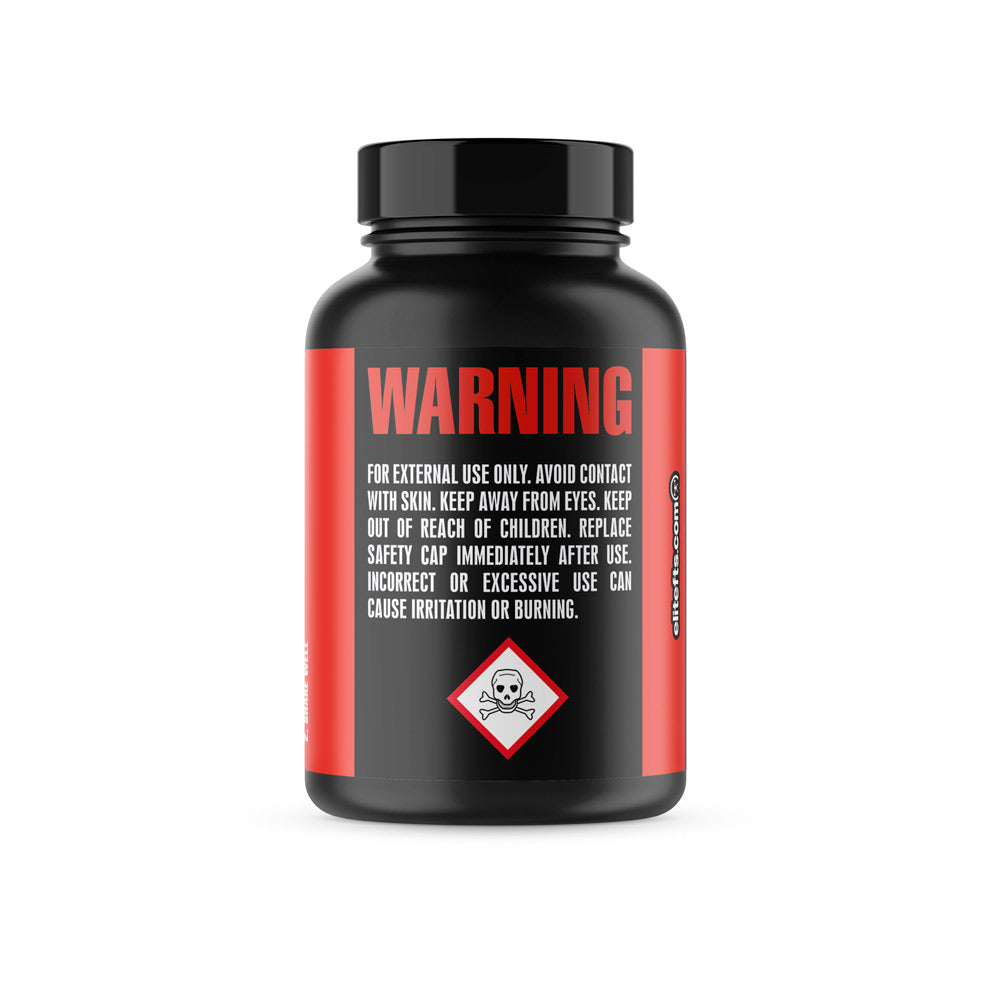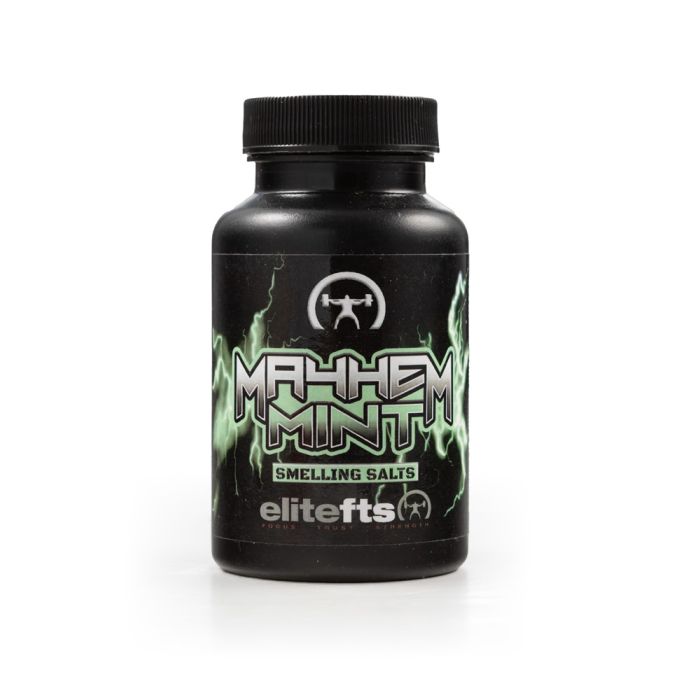RECENT: Fear Exposed
The problem is, if you've ever seen these hopeful posts, you probably know how they play out in the weeks that follow. There is no cohesive plan of actionable steps or timeline. Vague advice is being followed from a friend, or chiropractor, or friend's chiropractor, or someone who attended a clinic on back pain, or all of the above; who may or may not know anything about lifting, or what is involved in a lifter recovering from these types of injuries. And ultimately, what we end up with a mishmosh of ostensibly good, non-specific advice, from a handful of sources, which usually ends up doing more harm than good. Fast forward six more weeks and the lifter is posting about how they are staying hopeful, but in more pain than ever. Some might say I have no room to talk since I've been sidelined from doing "full power" and competing in the "bench only" division for a couple of years, myself. It's worth mentioning I had pieces of a couple of different vertebrae removed from my spine, as well as some disc and, contrary to popular belief, I squat and deadlift heavy every week at this point. Also, I am back pain-free. I've made the choice, to this point, to not try and max all three lifts on the same day in a meet. That may change at some point, but I digress. I am not a medical doctor, chiropractor or therapist of any kind. (Though, I do feel very much like a psychotherapist on any given day as a coach.) What I am going to share with you here is not to be misconstrued as medical advice. It's just an example of how one lifter used my bracing activation protocol and various other protocols I developed (while rehabbing my own spine) to recover completely after an MRI confirmed that she had a disc herniation at three levels of her lumbar spine.
How The Mighty Fall series, here. By the time I heard about Jade's injury, she'd already started working with someone who was trying to help her and the worst thing you can do in these situations is follow a bunch of different advice from a bunch of different people, so I told her that I wasn't going to offer any, but if things didn't work out with what she was doing, I would be there. She mentioned she had an MRI scheduled, which was a relief. Fast forward about ten weeks to mid-July. Jade and I had not really spoken in as much time. I reached out to see how she was doing. Sadly, she was worse than ever, at least in terms of back pain, and four weeks prior, the MRI showed three herniated discs in her lumbar spine. At that point, she asked for my input. I asked if she had discussed surgery with the doctor or considered physical therapy. The doctor mentioned the possibility of going the surgical route during her follow-up appointment, after the looking at the imaging. She was determined to avoid it, if possible. A few weeks into physical therapy, Jade did what a lot of lifters do and just stopped going. What the therapists had her doing were all things she was already doing on her own in the gym. I know Jade and her patience is fucking absolute zero. So I'm going to assume that played a role in her decision, as well. Knowing it would take the full vigor of my considerable influence on Jade to keep her from being a dickhead, I agreed to help her recover and rebuild in the same manner I had. So we were off. Strength training was limited to bench press for the first six weeks and absolutely no axial loading of the spine was permitted on any exercise, or in day-to-day life. My bracing/activation protocol was employed three times daily, and I mean DAILY.
You can find a basic outline of that here. This was a point of contention, so I made certain to check in and bother about it on the regular. For bench press, a typical
5thSet protocol was employed and assistance was tailored to the movements she was able to perform, given the restrictions I noted above. By the end of this initial six week period, following the plan to the letter, her back pain was decidedly absent from Jade's day to day life. She could stand up to put on her pants like a normal person and rinse out her hair in the shower without anxiety about nerve pain. In fact, after only four weeks of sticking to the plan, life started to seem a lot more livable. This is a crucial turning point and where most people go off the rails, wildly and quickly. When we follow a plan and it starts to work, we go ape-shit and start trying to set PRs or resume normal lifting altogether. After all, the pain is gone, right? Not for long if you start to act like an asshole. Luckily, Jade was on point with her ability to follow direction. At least, back then when it really mattered she was. I'm laughing as I type this.
5thSet protocol with drastically reduced loads, well below 50% of the previous 1RM. The idea was to relearn the movements and integrate proper bracing while improving mechanics. The 5thSet AMRAPs were limited to ten reps. Thrice daily employment of the bracing/activation protocol was maintained throughout, including before every single training session. Jade admitted to skipping the movements before a session or two and reported that she could definitely feel a difference. So, she made sure to never miss again. We added five pounds to the bar for both squat and deadlift, per cycle, for the first six microcycles that we put them back on her template (about eight more weeks). As I mentioned before, 5thSets were cut off at ten reps. I would have liked to maintain the ten rep cut off a little longer from here, but I think I was lucky to get her to throttle things as long as I did. Anyway, she just starting red-lining AMRAPS from around this point without my consent. The story from here reads like copy from the purchase page on a snake oil website, but I assure you, I'm not selling anything. Jade gradually and consistently improved until she recovered completely, and that did not take very long. She has since squatted 350 in training with her meet PR previous only being 370. Very recently, Jade was able to bench 200 pounds in training, which was a huge all time PR, a full thirty pounds better than her previous best of 170. As far as deadlift, well, she pulled 375 like a joke a few weeks ago, and prior to her injury 380 was her best. I think she has more than that in the tank right now. The best part? For the first time, all of those lifts were back pain-free. It's safe to say that the future is looking bright. As far as why this worked, I've stated many times that I believe with injuries like these a period of complete abstention from loading the spine is necessary. You're going to have a hard time convincing me otherwise. I also believe that motor unit recruitment patterns for compound movements can be altered or improved by using a sequence of "activation" movements beforehand, thereby increasing the degree to which a certain —possibly underdeveloped— muscle group is utilized. I'm persuaded this can be protective and help prevent recurrence of the injury. But an ounce of prevention is worth a pound of cure. So, rather than worry about how to recover, why not a little time out of your day to reduce the likelihood of these injuries happening? How about following a logical method of training that considers things like overuse and includes deloads and activation protocols? I'm open to any good reasons for not doing these things, but I have yet to hear any. As always, thank you for reading and please share this if you found it helpful.









